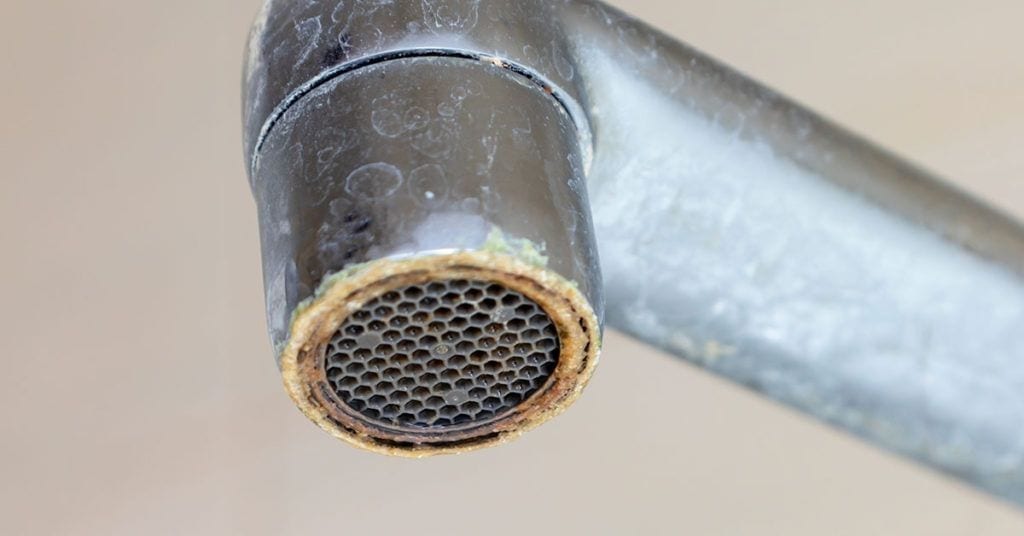How to Prevent and Remove Limescale
Have you ever seen a chalky white or green buildup around your faucets and drains? That’s limescale.
Limescale is simply the build up of added minerals, like calcium carbonate, calcium and magnesium which are found in your hard water or tap water. Even though these natural minerals seem harmless enough, a build up makes it difficult to clean and can permanently damage your fixture and pipes.
If limescale is neglected, it becomes crusty and unsightly ruining the shiny finish on your fixtures. It can cause water pressure to diminish and it can produce a bacterial growth in your water that can be harmful to your health.
So, what can you do to prevent and remove limescale? Read on to find out.
How to Remove Limescale
Limescale can build up on fixtures and appliances. There are different methods for removing them from each. These methods are as follows:
Fixtures: Distilled vinegar’s mildly acidic properties are great for removing limescale. For best results, remove all faucets, showerheads and drain plugs and soak them in a bucket of vinegar for an hour. Once they are done soaking, scrub them to ensure the limescale is gone.
If it’s not possible to remove your fixtures, fill a Ziploc bag with vinegar and place it on the head of the fixture where limescale is visible. Use a rubber band to hold it in place. The limescale will fall off the fixture and into the water.
Another option is to use a towel soaked in vinegar. Apply the towel directly to the fixture and leave it there for an hour.
Appliances: Vinegar can also be used to clean limescale from appliances.
If limescale is in your washing machine, try running vinegar through the machine as if it’s a detergent. This will remove limescale and prevent it from forming.
You can also eliminate and prevent limescale in your water heater by draining your tank a couple of times a year and/or lowering its temperature. The reduced temperature will make for less calcium and magnesium build up.
Preventing Limescale
Of course, the best way to deal with limescale is to prevent buildup completely. This can be done by installing a water softening system in your home.
A water softening system runs through the entire house. It will counter the effects of hard water and save your plumbing by neutralizing all the harsh minerals and chemicals that cause limescale. It will also make your skin, hair, clothes and dishes look terrific.
Limescale is no laughing matter. The tips in this article will help you clean existing limescale and prevent future buildup. What steps do you take to keep your fixtures and appliances running and looking their best?





